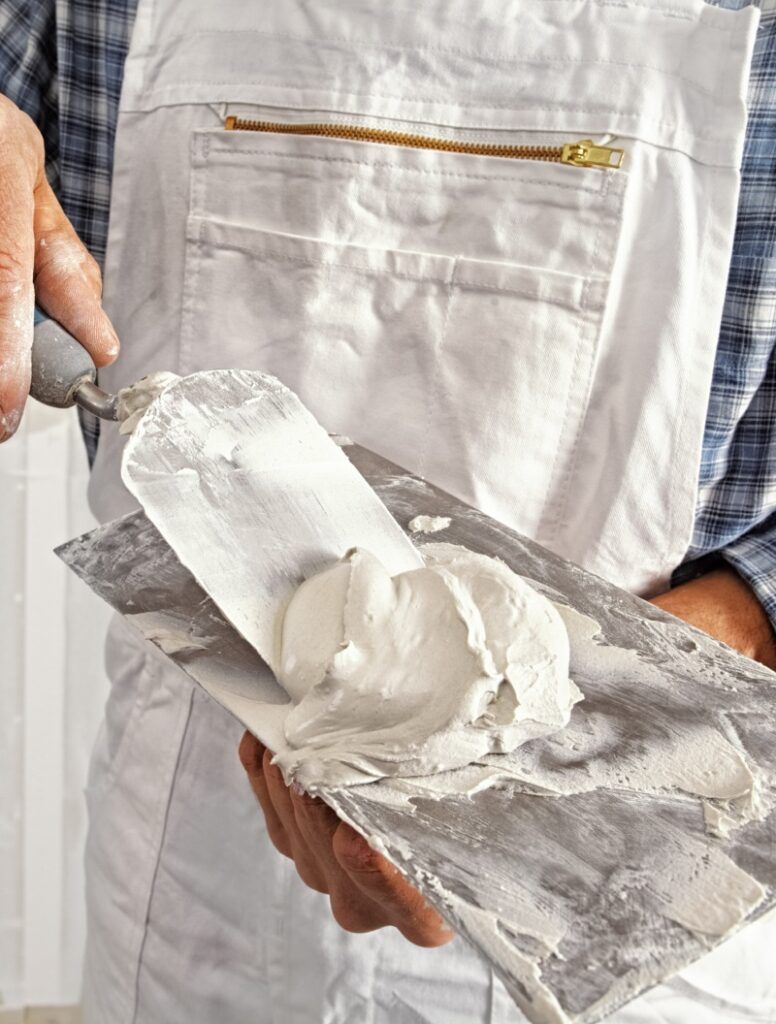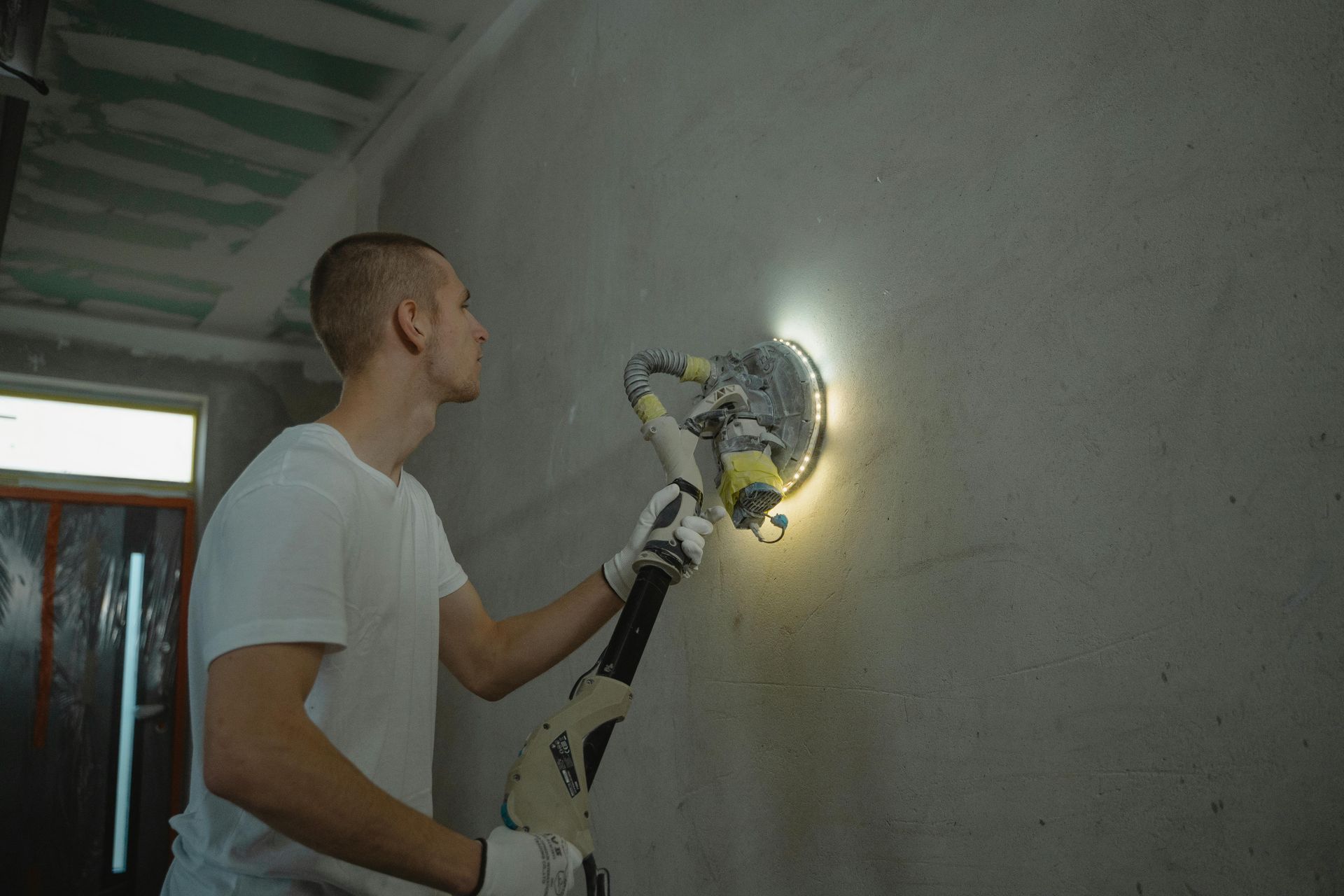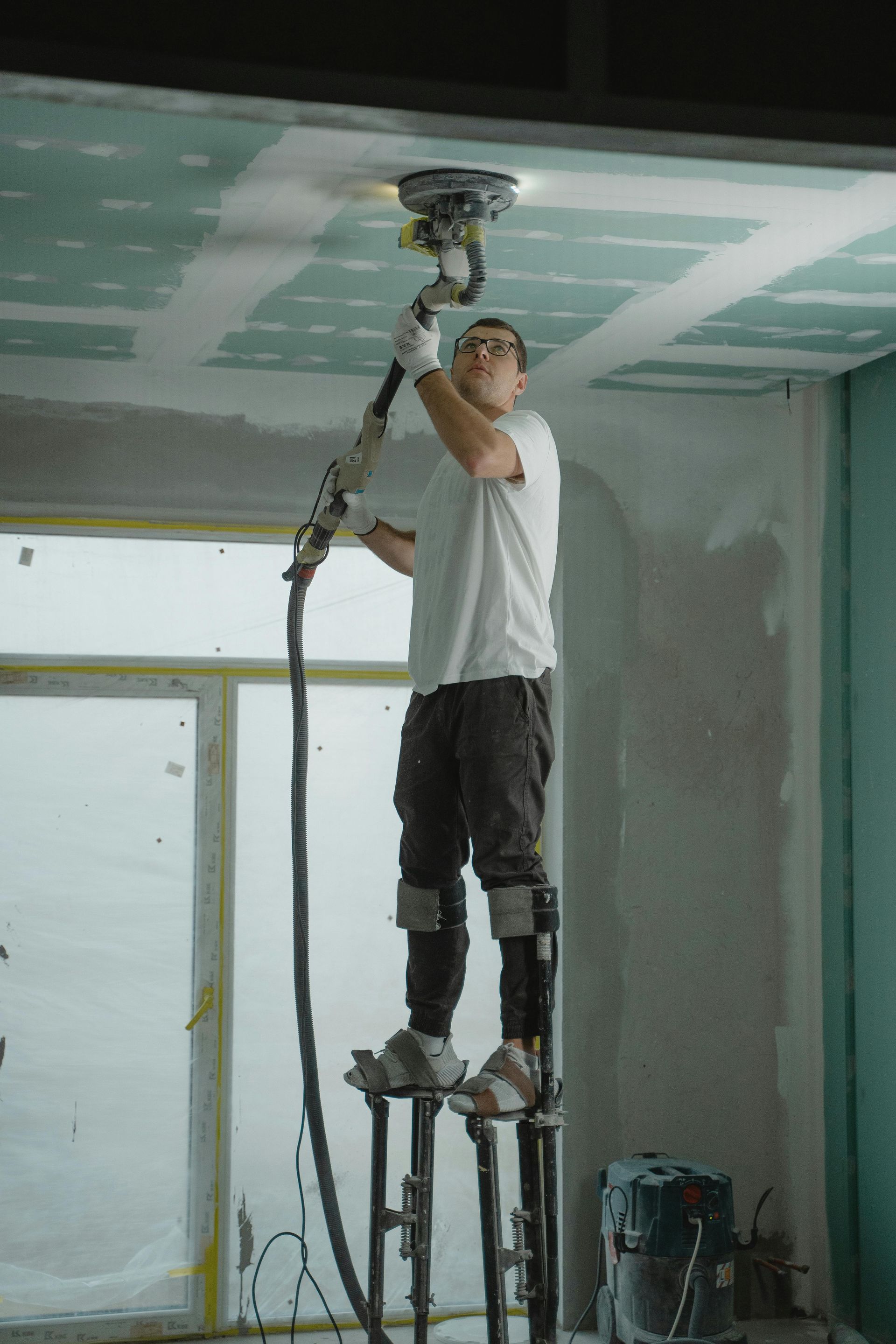Common Drywall Problems and How to Fix Them

Drywall is the canvas of our homes—it's where we paint, decorate, and express our style. Yet, like any major component of home construction, it's prone to a range of issues. From minor cracks to significant water damage, drywall problems can mar the beauty of your space and, in some cases, indicate deeper structural issues. But fear not! Whether you're facing a small dent or a large hole, understanding these problems and knowing how to fix them can save you time, stress, and money.
In this comprehensive guide, we'll walk you through the most common drywall issues, providing clear, step-by-step instructions on how to tackle them yourself, and advice on when it's best to call in the professionals. Equipped with the right knowledge and tools, you'll be prepared to keep your walls looking their best. Let's dive into the world of drywall repair, armed with the expertise to fix those nagging issues and prevent new ones from arising.
Cracks
Cracks in drywall can range from hairline fissures to more pronounced splits. Typically, they appear over doorways, windows, or where the wall meets the ceiling—a result of the house settling or temperature fluctuations causing the drywall to expand and contract. While they might seem minor, cracks can be unsightly and may worsen if not addressed.
Holes
Holes in drywall can be the result of accidents, furniture moves, or even playful children. They vary in size from small punctures, perfect for a quick patch job, to larger breaches that require more attention and a different repair strategy.
Water Damage
Signs of water damage in drywall include staining, softening, or even bulging of the wall surface. These symptoms suggest moisture infiltration, potentially from plumbing leaks or external water sources. Water-damaged drywall is more than an aesthetic issue; it can lead to mold growth and structural damage if not promptly remedied.
Popping Nails
Nail pops occur when the nails or screws securing the drywall to the studs work themselves loose, creating a protrusion or bump on the wall surface. This issue can arise from the natural settling of the house or from changes in humidity affecting the wood studs and drywall.
Dents and Scuffs
Everyday life takes its toll on drywall, leading to dents, scuffs, and scrapes. These are common in high-traffic areas and, while not structurally significant, can detract from the overall appearance of your walls.
Understanding these common problems is the first step in maintaining the integrity and beauty of your drywall. With this knowledge in hand, let's move on to how you can address these issues with DIY solutions.
DIY Solutions for Fixing Drywall
Repairing Cracks
Fixing cracks in drywall can be relatively straightforward, provided they are not indicative of a more serious structural issue. For hairline cracks, a simple application of joint compound, also known as mud, can fill the gap. Apply a thin layer of mud over the crack, let it dry completely, then sand it smooth. For larger cracks, you may need to use mesh tape before applying the joint compound to ensure the crack doesn't reappear.
Patching Holes
The approach to patching holes in drywall depends on the size of the hole:
- Small Holes: Fill small holes, such as those left by nails or screws, with spackling paste. Apply the paste, allow it to dry, then sand it smooth.
- Medium Holes: For holes up to a few inches wide, you'll need a patch kit. These kits typically include a self-adhesive patch that you place over the hole before applying joint compound. Sand the area smooth once dry.
- Large Holes: Larger holes require a more robust solution. Cut a piece of drywall to fit the hole snugly, secure it with drywall screws to a wooden support inserted behind the wall, then tape the seams and cover with joint compound. Sanding it smooth once dry will make the repair invisible.
Addressing Water Damage
Water-damaged drywall often requires cutting out the affected area to prevent mold growth and further structural damage. After removing the damaged section, allow the area to dry out completely before patching it with new drywall, following the steps for repairing large holes. Always address the source of the water leak before repairing the drywall to prevent recurrence.
Fixing Popping Nails
To fix a nail pop, remove the popped nail or screw and drive a new one into the stud a few inches above or below the original. Cover the head of the new fastener and the old hole with joint compound, let it dry, then sand it smooth.
Removing Dents and Scuffs
For minor surface damage like dents and scuffs, a light application of spackling paste or joint compound can fill in the imperfections. After drying, sand the area to restore a smooth surface ready for painting.
When to Call a Professional
While many drywall problems can be managed with DIY solutions, there are circumstances where the expertise of a professional is invaluable. Knowing when to call in the experts can save you from exacerbating the issue, leading to more costly repairs down the line.
Evaluating Damage Severity
- Structural Concerns: If cracks are widening over time or if there's noticeable movement in the walls, it might indicate foundational or structural issues. In such cases, it's essential to consult with a professional who can assess the underlying cause.
- Extensive Water Damage: While small areas of water damage can be handled personally, extensive or recurring water damage might be symptomatic of a more significant problem. Professionals can not only repair the damage but also identify and rectify the source of the water.
- Large Holes or Damage: Repairing large sections of damaged drywall often requires tools and skills beyond the typical DIY repertoire. Professionals ensure a seamless repair, matching the texture and finish of the existing wall.
Benefits of Professional Repair
- Quality and Efficiency: Professionals bring a level of precision and speed honed by years of experience. They can complete the job faster and with a higher quality finish than most DIY efforts.
- Guarantees: Many professional services offer warranties on their work. If a problem reoccurs, they'll handle the repairs at no additional cost.
- Peace of Mind: Knowing that the repair is handled professionally can alleviate the stress of potentially making the problem worse. Professionals also have insurance to cover any accidental damage during the repair process.
Deciding to hire a professional should be based on the project's complexity, the skills required, and the potential for the issue to recur. In many cases, the long-term benefits outweigh the initial cost.
Preventative Measures and Maintenance
Maintaining your drywall and taking preventative measures can significantly reduce the likelihood of problems arising. Regular maintenance not only keeps your walls looking great but can also help avoid the need for repairs. Here are some key strategies to help preserve the integrity of your drywall.
Preventing Drywall Damage
- Humidity Control: Excessive moisture is a common culprit behind drywall damage. Use dehumidifiers in damp areas and ensure your home is well-ventilated to prevent moisture buildup that can lead to water damage and mold.
- Proper Installation: Ensuring drywall is correctly installed can prevent a myriad of problems. Use the appropriate type of drywall for different areas (e.g., moisture-resistant drywall in bathrooms) and ensure it's securely fastened to the wall framing.
- Protective Measures: In high-traffic areas, consider adding chair rails or corner guards to protect walls from dents and scuffs. Furniture pads can also prevent damage from moving or rearranging furniture.
Regular Maintenance
- Inspection: Regularly inspect your walls for signs of damage, including cracks, holes, or water stains. Early detection can make repairs easier and prevent minor issues from becoming major problems.
- Cleaning: Keep your walls clean and free of dust, which can highlight imperfections and potentially contribute to wear over time. Gentle cleaning with a damp cloth can remove most surface dirt without damaging the paint or drywall.
- Touch-ups: Address minor issues like small cracks or nail pops promptly. A quick touch-up can prevent further damage and maintain the aesthetic appeal of your walls.
Conclusion: Empowering Your Drywall Maintenance Journey
Armed with the knowledge of how to identify, address, and prevent common drywall issues, you're now well-equipped to maintain the integrity and aesthetics of your home's walls. From tackling minor cracks and holes with confidence to understanding when to seek professional help, you possess the insights needed to make informed decisions about drywall care.
Remember, the key to successful drywall maintenance lies not only in effective repairs but also in proactive prevention. Regular inspections, humidity control, and immediate attention to minor damages can significantly reduce the likelihood of major problems developing. By incorporating these practices into your home maintenance routine, you can ensure that your drywall remains in pristine condition, providing a solid, smooth canvas for your home's interior design.
Should you encounter a problem that feels beyond your DIY capabilities, don't hesitate to call in the professionals. Their expertise can save you time and ensure that the job is done right the first time, protecting your home's value and your peace of mind.
We hope this guide serves as a valuable resource for all your drywall maintenance needs. By understanding common problems and employing effective solutions, you can keep your walls looking their best, ensuring that your home remains a beautiful, welcoming space for years to come.









